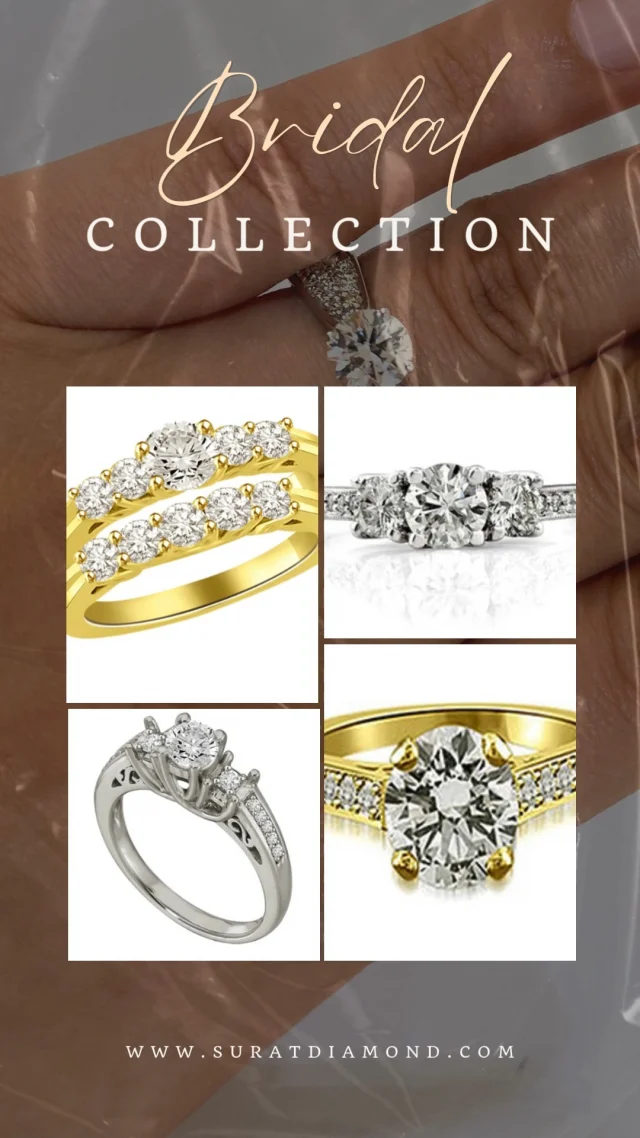All You Need To Know About Synthetic Vs Natural Emerald Stone
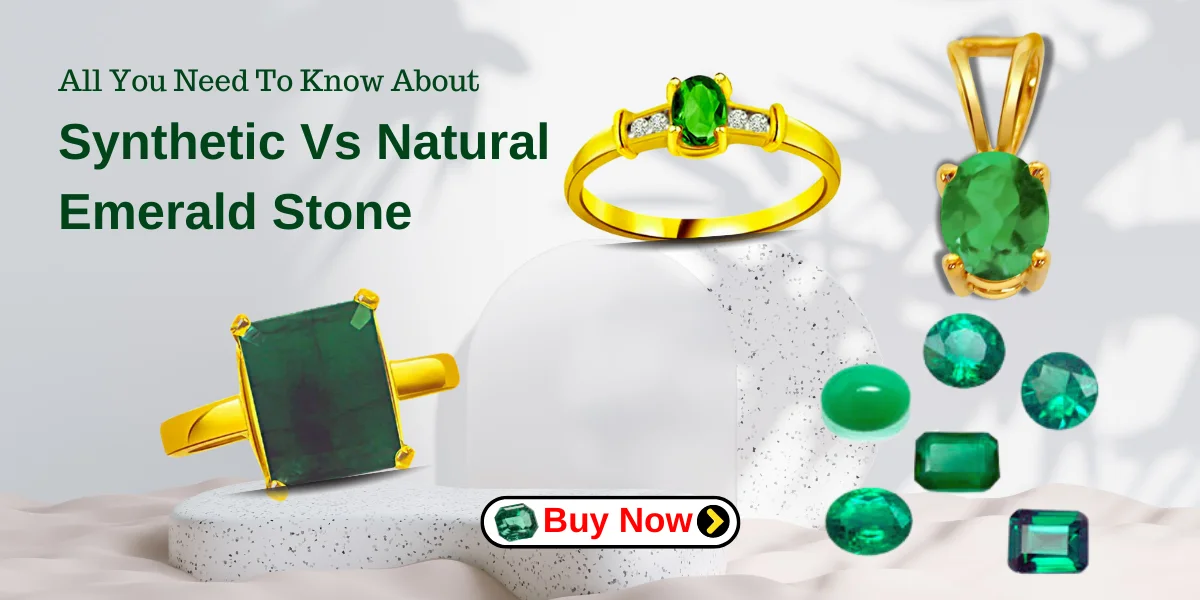
Emeralds have captivated humans for centuries with their vivid green hue and mystical allure. Whether you’re drawn to an emerald stone for its beauty or its reputed metaphysical properties, understanding the differences between synthetic and natural emeralds is crucial. In this guide, we’ll explore everything you need to know about these enchanting gems.
Understanding Emerald Stones
An emerald stone is a variety of the mineral beryl, colored green by trace amounts of chromium and sometimes vanadium. Emeralds have been cherished since ancient times, symbolizing rebirth, love, and fertility.
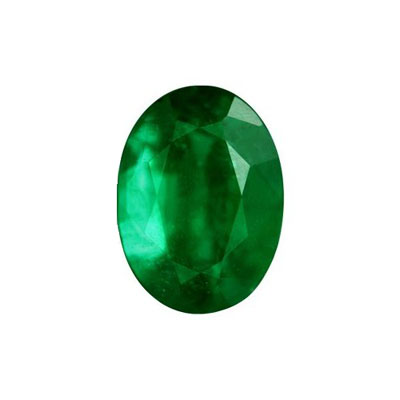
Historical Significance
Historically, emeralds have been mined in Egypt, Austria, and Colombia. Cleopatra famously adored emeralds, and they were believed to bring good luck and health. Today, they remain a symbol of elegance and sophistication.
Natural Emerald Stones
Formation Process
Natural emerald stones form deep within the Earth’s crust under intense heat and pressure. This natural process often results in inclusions and fissures, commonly known as the stone’s “jardin” or garden.
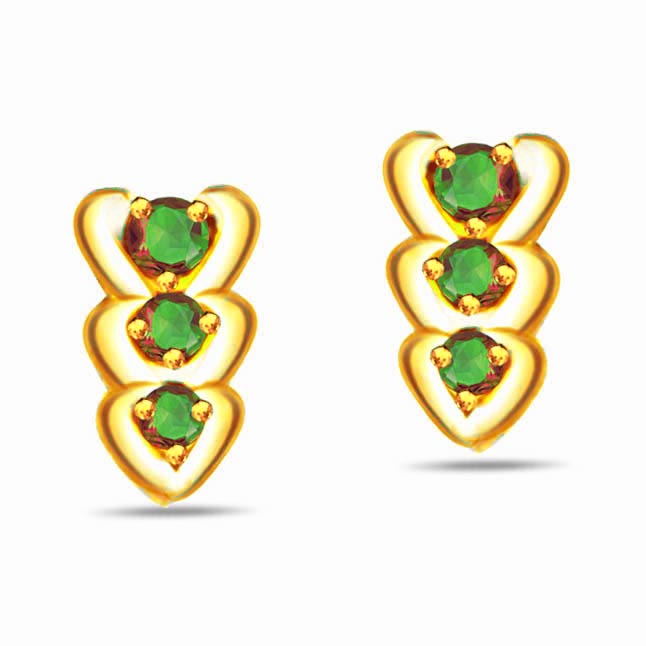
Characteristics of Natural Emeralds
Natural emeralds are renowned for their rich green color and natural inclusions. These imperfections are often viewed as a testament to their natural origin. Each natural emerald stone is unique, with its own set of characteristics.
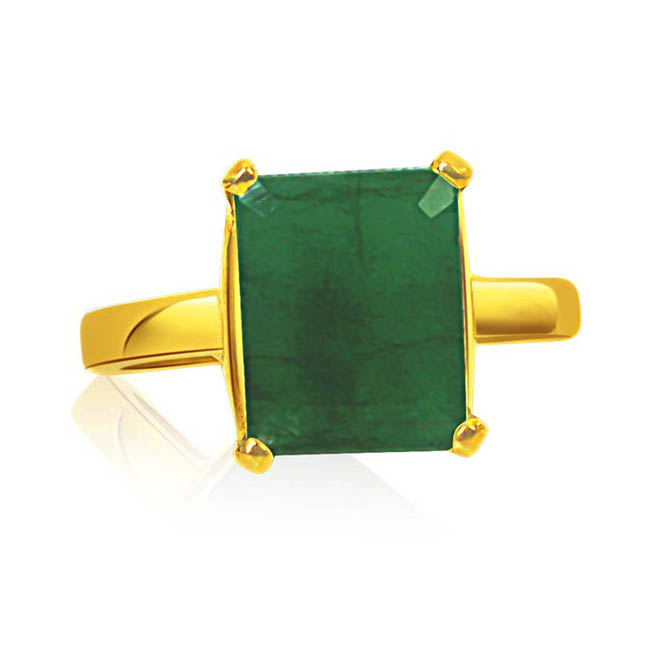
Value and Rarity
Natural emeralds are highly valued due to their rarity and the difficulty in mining them. The more vivid and clear the green, the more valuable the emerald. Colombian emeralds are particularly prized for their deep, lush color.
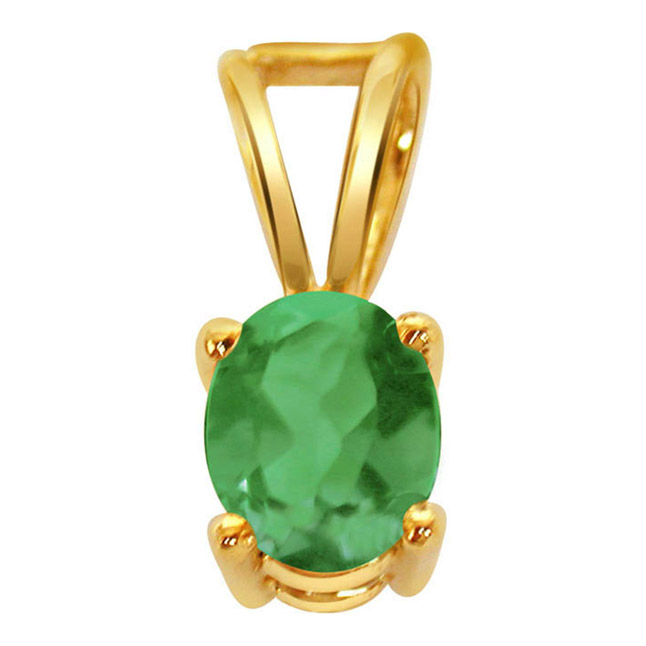
Synthetic Emerald Stones
Creation Process
Synthetic emeralds are created in laboratories using methods like flux-growth or hydrothermal synthesis. These processes mimic the natural conditions under which emeralds form but within a controlled environment.
Characteristics of Synthetic Emeralds
Synthetic emeralds have fewer inclusions and can appear more flawless than their natural counterparts. They share the same chemical composition and physical properties as natural emeralds, making them visually identical to the untrained eye.
Cost and Availability
Synthetic emeralds are more affordable and readily available than natural emeralds. This makes them an attractive option for those seeking the beauty of an emerald without the high cost.
Comparing Natural and Synthetic Emeralds
Visual Differences
While both types of emeralds can be stunning, natural emeralds often have unique inclusions that synthetic stones lack. These natural imperfections can add character and authenticity to the gemstone.
Durability and Maintenance
Both natural and synthetic emeralds require careful handling due to their relative softness compared to other gemstones like diamonds. Regular cleaning and proper storage are essential to maintain their beauty.
Ethical Considerations
Choosing synthetic emeralds can be an ethical decision, as their production doesn’t involve the environmental impact and labor issues associated with natural gemstone mining.
Buying Guide: Choosing the Right Emerald Stone
Quality Factors to Consider
When purchasing an emerald stone, consider the four Cs: color, clarity, cut, and carat weight. The most important factor is color, with a deep, vibrant green being the most desirable.
Certification and Authenticity
Ensure that your emerald comes with a certification from a reputable gemological laboratory. This certification verifies whether the stone is natural or synthetic and provides information on its quality.
Personal Preference
Decide what matters most to you in an emerald. If you value natural origins and uniqueness, a natural emerald stone might be your choice. If you prefer a flawless appearance and lower cost, consider a synthetic emerald.
Popular Emerald Jewelry
Emerald rings are a popular choice for engagement rings and statement pieces. They can be set in various metals, with white gold and platinum being particularly complementary to the green hue of the emerald.
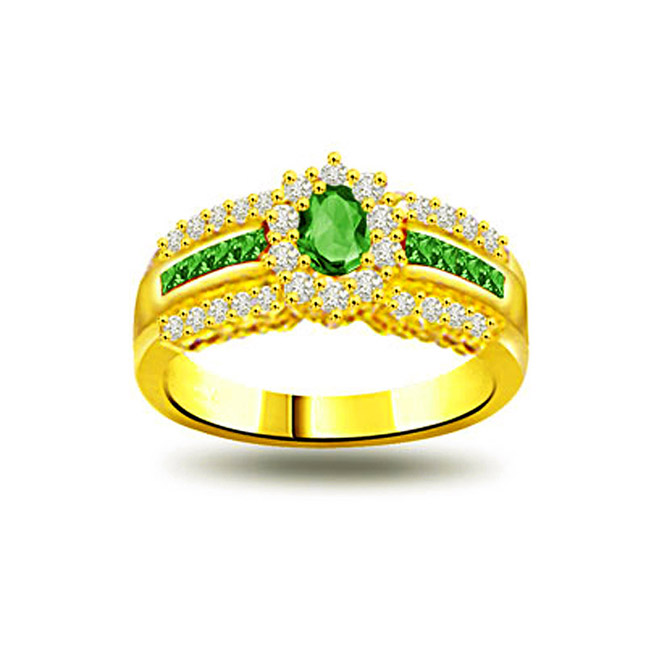
An emerald gemstone necklace can be a stunning addition to any jewelry collection. Whether you choose a simple pendant or an elaborate design, emerald necklaces exude elegance.
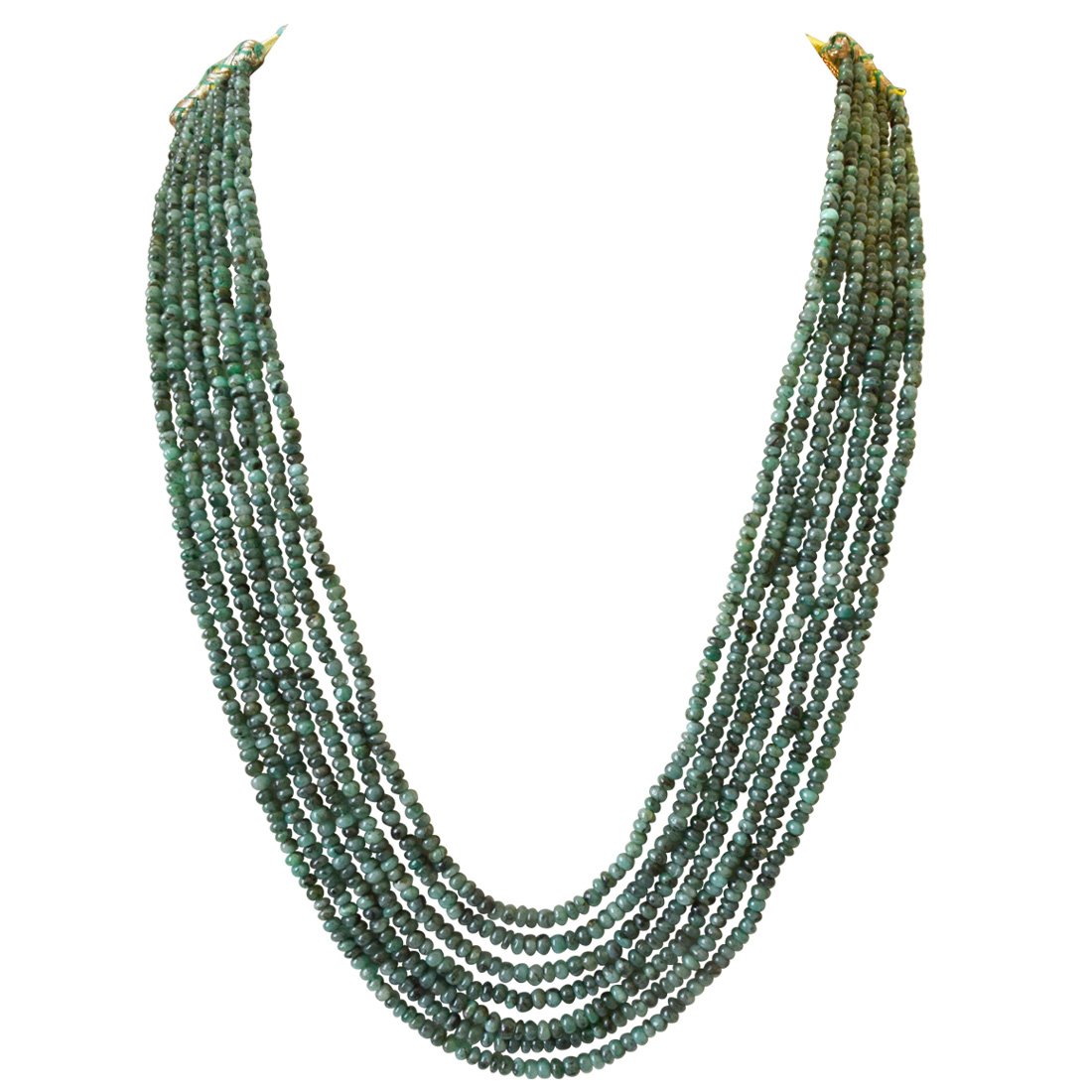
Emerald earrings, whether studs or dangling, add a touch of luxury to any outfit. Their vibrant green color draws attention and adds sophistication.
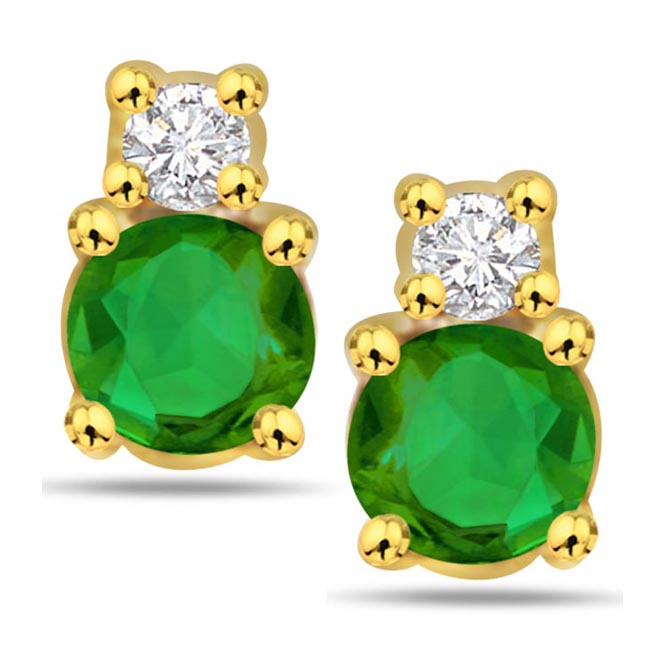
Emerald bracelets are less common but equally beautiful. They can be designed with a single emerald or multiple stones, creating a striking piece of jewelry.
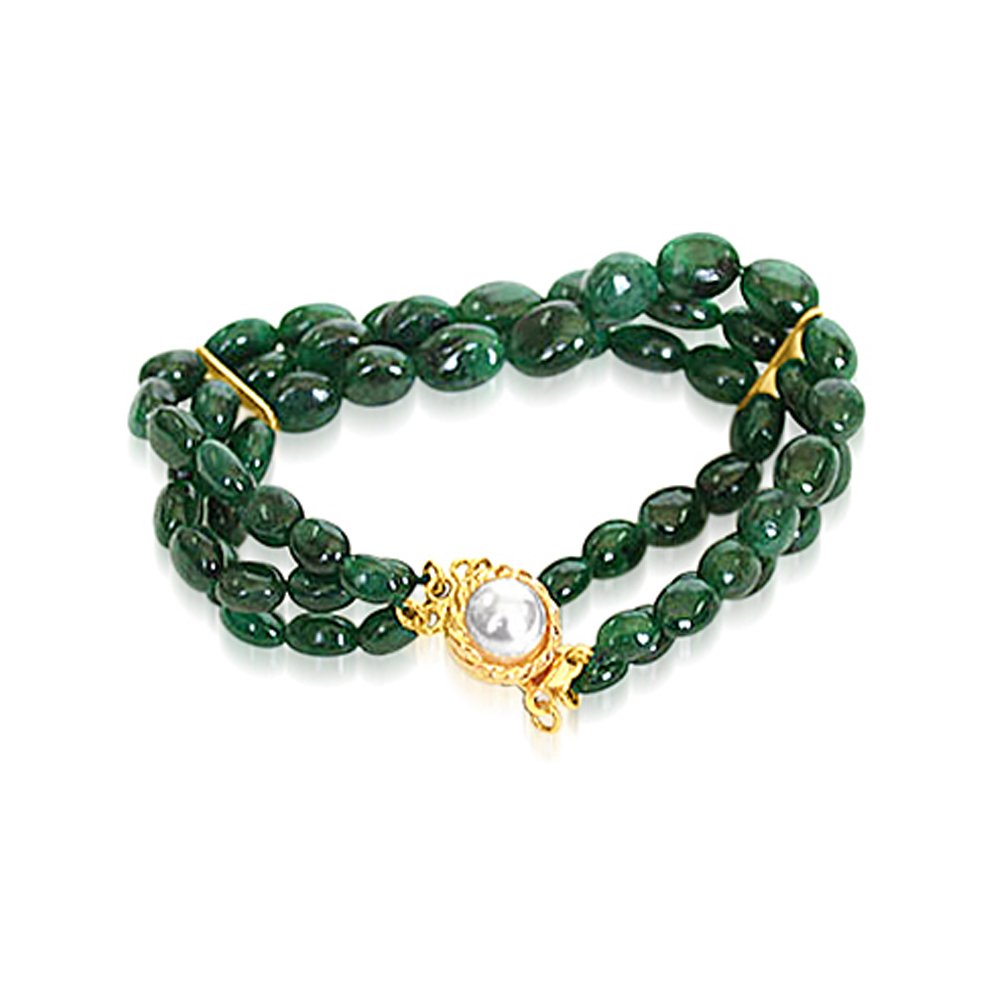
Caring for Your Emerald Jewelry
Regular Cleaning
Clean your emerald jewelry regularly using a soft cloth and mild soap. Avoid harsh chemicals and ultrasonic cleaners, which can damage the stone.
Proper Storage
Store your emerald jewelry separately from other pieces to prevent scratches. Use a soft pouch or a lined jewelry box for protection.
Professional Check-Ups
Have your emerald jewelry inspected by a professional jeweler periodically. They can check for loose settings and clean the jewelry thoroughly.
FAQs About Emerald Stones
What is the difference between natural and synthetic emerald stones?
Natural emeralds are formed in the Earth, while synthetic emeralds are created in laboratories. Both have the same chemical composition but differ in inclusions and price.
Are synthetic emeralds real emeralds?
Yes, synthetic emeralds are real emeralds with the same chemical and physical properties as natural ones. They are simply created in a lab rather than formed naturally.
How can I tell if an emerald is natural or synthetic?
A certified gemologist can distinguish between natural and synthetic emeralds using specialized equipment. Certification from a reputable laboratory can also verify the type.
Why are natural emerald stones more expensive?
Natural emeralds are rarer and often have unique inclusions that add to their character and value. The mining process is also labor-intensive and costly.
Is it ethical to buy synthetic emeralds?
Yes, buying synthetic emeralds can be an ethical choice, as their production doesn’t involve the environmental and labor concerns associated with natural gemstone mining.
Key Takeaways
Choosing between natural and synthetic emerald stones depends on your preferences and values. Natural emeralds offer unique beauty and rarity, while synthetic emeralds provide a flawless appearance at a lower cost. Both types require proper care to maintain their beauty. For more information and to explore a wide range of emerald jewelry, visit Surat Diamond Jewellery.
By understanding the differences between natural and synthetic emeralds, you can make an informed decision that suits your style and budget. Whether you opt for the timeless charm of a natural emerald stone or the pristine beauty of a synthetic one, emeralds remain a stunning choice for any jewelry collection.





